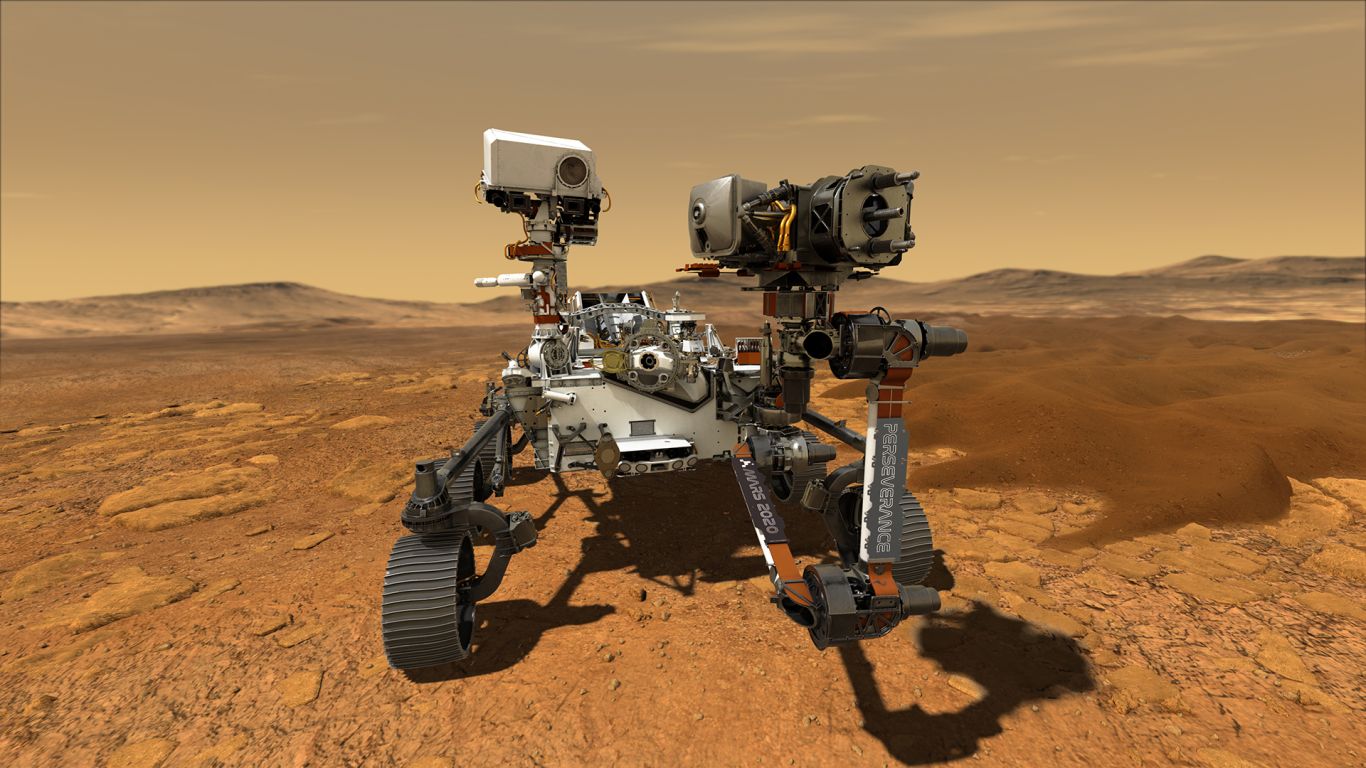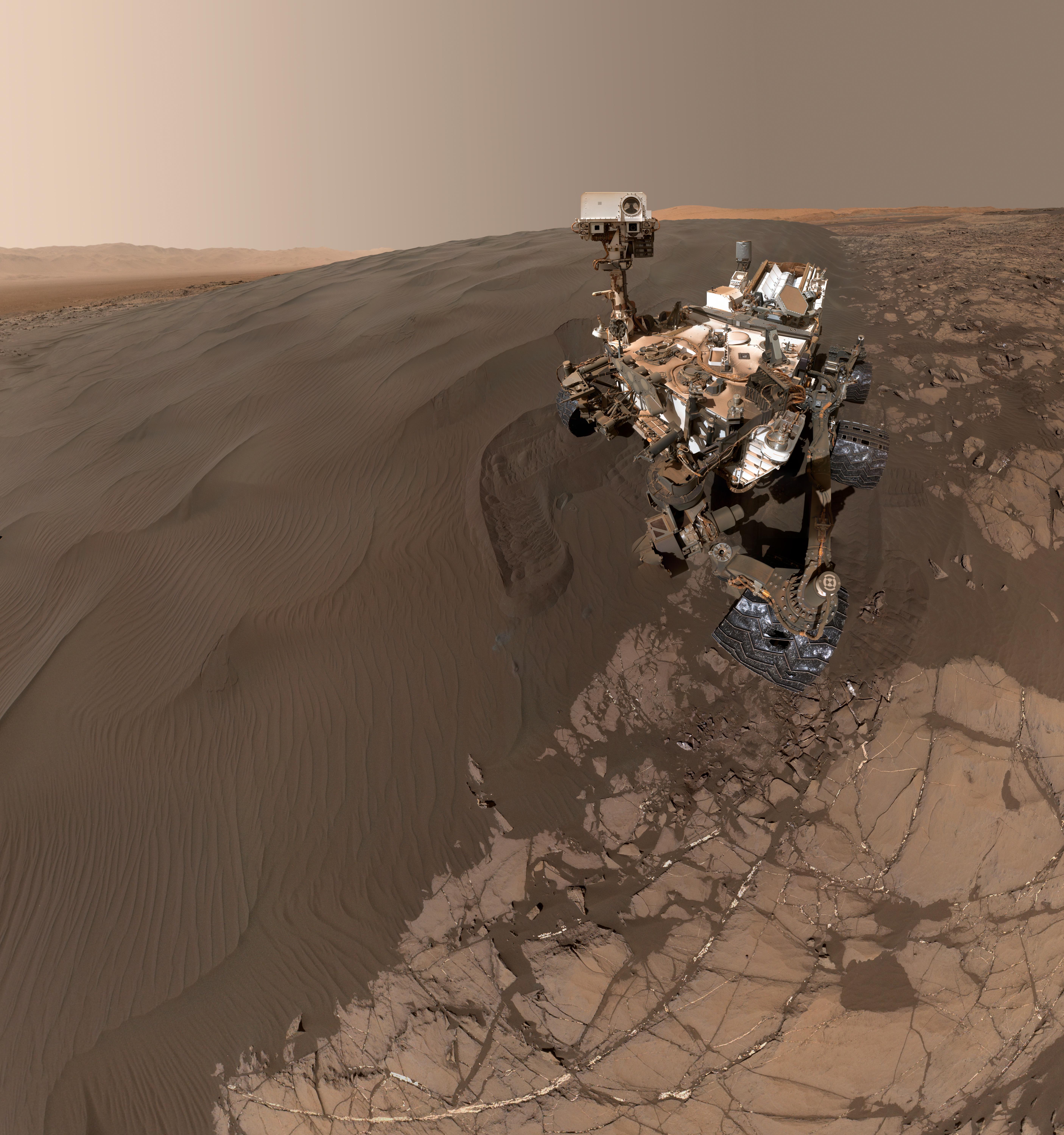
The delta is an area where scientists surmise that a river once flowed billions of years ago into a lake and deposited sediments in a fan shape. Perseverance Explores the Jezero Crater Delta: NASA’s Perseverance Mars Rover has arrived at an ancient delta in Jezero Crater, one of the best places on the Red Planet to search for potential signs of ancient life. Sulfate minerals found in layers of sedimentary rock can yield significant information about the aqueous environments in which they formed. SHERLOC’s analysis indicates the samples feature a class of organic molecules that are spatially correlated with those of sulfate minerals.

On July 20, the rover abraded some of the surface of Wildcat Ridge so it could analyze the area with the instrument called Scanning Habitable Environments with Raman & Luminescence for Organics & Chemicals, or SHERLOC. “Wildcat Ridge” is the name given to a rock about 3 feet (1 meter) wide that likely formed billions of years ago as mud and fine sand settled in an evaporating saltwater lake.
#Nasa rover Patch#
Sample Collection and Rock Analysis at ‘Wildcat Ridge’: Composed of multiple images from NASA’s Perseverance Mars rover, this mosaic shows a rocky outcrop called “Wildcat Ridge,” where the rover extracted two rock cores and abraded a circular patch to investigate the rock’s composition. For example, we found a sandstone that carries grains and rock fragments created far from Jezero Crater – and a mudstone that includes intriguing organic compounds.” “This juxtaposition provides us with a rich understanding of the geologic history after the crater formed and a diverse sample suite. “The delta, with its diverse sedimentary rocks, contrasts beautifully with the igneous rocks – formed from crystallization of magma – discovered on the crater floor,” said Perseverance project scientist Ken Farley of Caltech in Pasadena, California. During its first science campaign, the rover explored the crater’s floor, finding igneous rock, which forms deep underground from magma or during volcanic activity at the surface. Perseverance is currently investigating the delta’s sedimentary rocks, formed when particles of various sizes settled in the once-watery environment. Twenty-eight miles (45 kilometers) wide, Jezero Crater hosts a delta – an ancient fan-shaped feature that formed about 3.5 billion years ago at the convergence of a Martian river and a lake.


Two Perseverance Sampling Locations in Jezero’s Delta: NASA’s Perseverance rover collected rock samples for possible return to Earth in the future from two locations seen in this image of Mars’ Jezero Crater: “Wildcat Ridge” (lower left) and “Skinner Ridge” (upper right).

“These first two science campaigns have yielded an amazing diversity of samples to bring back to Earth by the Mars Sample Return campaign.” “We picked the Jezero Crater for Perseverance to explore because we thought it had the best chance of providing scientifically excellent samples – and now we know we sent the rover to the right location,” said Thomas Zurbuchen, NASA’s associate administrator for science in Washington. The rover has collected four samples from an ancient river delta in the Red Planet’s Jezero Crater since July 7, bringing the total count of scientifically compelling rock samples to 12. NASA’s Perseverance rover is well into its second science campaign, collecting rock-core samples from features within an area long considered by scientists to be a top prospect for finding signs of ancient microbial life on Mars. The latest findings provide greater detail on a region of the Red Planet that has a watery past and is yielding promising samples for the NASA-ESA Mars Sample Return campaign.


 0 kommentar(er)
0 kommentar(er)
